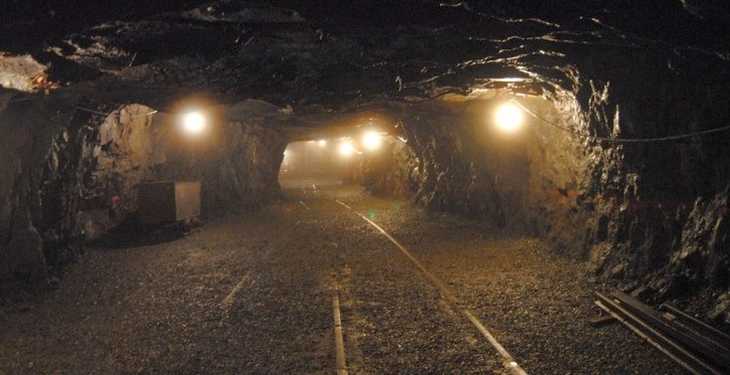Greenpeace Romania published the report “Status of the coal power plants in Romania in 2016”, an analysis of the power plants that use coal as fuel. According to the report, of the 31 existing coal power units in Romania, 21 groups (almost 68%) operate illegally, it is shown in a statement.
“Much of the coal production capacity has exceeded lifetime, therefore, part of the old units will be soon closed down and replaced with less polluting sources. Romania has the opportunity to choose a course of sustainable development for its energy sector,” say Greepeace officials.
They note that employees of the monoindustrial zones based on the extraction and processing of coal need appropriate economic development alternatives for the future of these areas.
The employees of the monoindustrial zones based on coal extraction and processing need appropriate economic development alternatives for the future of these areas
“An example of this can be Filipeştii de Padure, where the exploitation of lignite has been a solid source of income for locals from 1943 to 1997. Currently, at the Filipesti mine 10 men are still working, and the quarry is undergoing an ecologization process. However, between 1999 – 2000, about 80 companies have opened operations in Filipeştii de Padure and neighboring villages,” according to the organization.
“For coal power plants, 2015 represented the end of a period of 8-9 years they had to make investments to reduce air pollution and comply with European emissions standards. What actually happened during this time? Some power plants have managed to build units to reduce emissions of sulfur dioxide, rehabilitate facilities to reduce dust emissions, but not for nitrogen oxide emissions,” Greenpeace says the study.
“Thus, some power plants were closed because they failed to reduce pollution. Others, continued to operate, a good portion of them without complying with emission standards and in some cases without a valid integrated environment authorization. Moreover, with the entry into force of new emission limits, regulated by Law 278/2013 on industrial emissions, the power plants once again benefit from exemptions (times for reducing pollution), this time a final set, because these units in Romania reach the end of the lifespan.”
Greenpeace claims that they had a high impact on health, “what was allowed in all these years in which power plants in Romania have exceeded basket emissions even more than ten times the applicable standards in the European Union”.
Offered examples of the power plants from Oradea, Mintia, Drobeta Iaşi, Paroşeni that have not reduced emissions and continue to operate without complying with certain pollution standards mandatory under the old legislation or more stringent standards in force or European rules to be updated (BAT / BREF).
“We also examples of power plants (Mintia, Turceni), upon which the Environment Guard has suspended work but they continue to operate. There are also power plants operating without an integrated environmental permit “say the study authors.
